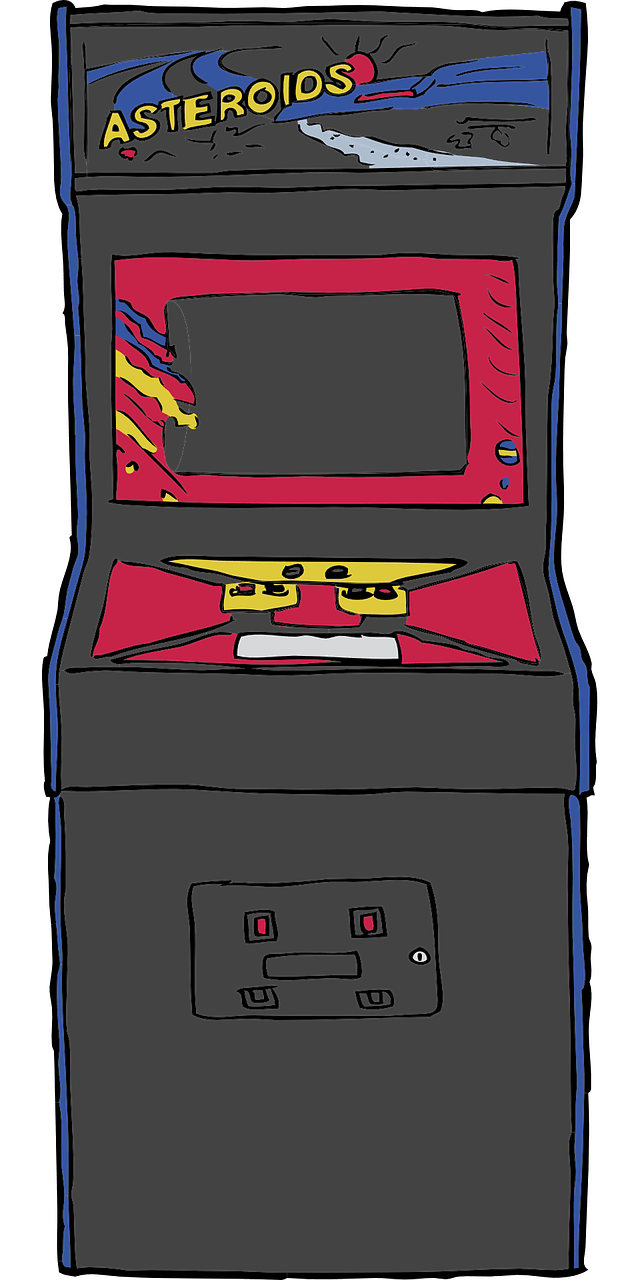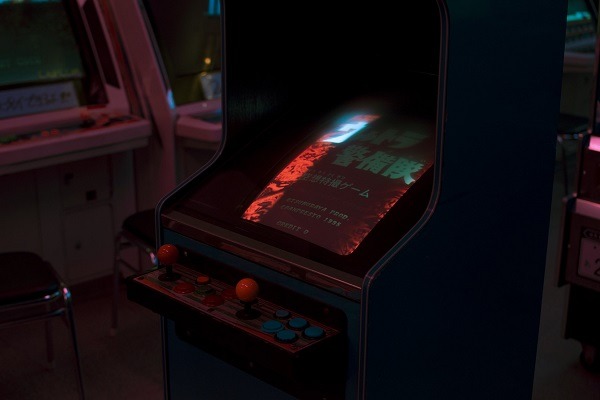A classic space-themed game, Asteroids is developed by Atari and published by the same company in North America and Taito in Japan. In Asteroids, the goal of the player is to eliminate all asteroids and flying saucers on the screen by shooting them while avoiding enemy fire and collision. As the player progresses in the game, the levels will become harder and harder as more asteroids and enemy saucers appear at the same time on the screen.
Asteroids, like Computer Space and Space Invaders, is considered as one of the video games that inspired many developers to create and develop space-themed games, such as Gravitar and Defender. To more about the influence of Asteroids in gaming, here is a closer look at the origins and history of the classic space-themed game.
Origins
The concept for Asteroids was thought about by Atari designers Ed Logg and Lyle Rains. Logg joined as a designer for Atari when he became a fan of their home console, the Atari 2600, and one of his first projects in the company was a game called Dirt Bike, which was never published because of a failed field test.
Wanting to go work on another project, Logg met with Rains and other Atari employees in April 1979 to discuss a new game that is going to be developed for the company. During this meeting, Rains that he thought about combining the best elements of Space Invaders and Computer Space and put it into one space-themed game.
The best element of Space Invaders was the aspect of eliminating all enemies on the screen, while in Computer Space, Rains said that he wanted to emulate the two-dimensional approach of the game. To make it different from other games, Rains and Logg came up with having asteroids on the screen that also needs to be destroyed along with enemy saucers. Because of this unique idea, the developers decided to name the game after it, which is why it is called “Asteroids.”
Development of Asteroids
Even before its development, Logg wanted Asteroids to be a vector game. The hardware that was implemented for the game was developed by Howard Delman, an Atari engineer who was present in the April 1979 meeting. Rains first argued that the game should be rendered in raster graphics, but Logg wanted to use vector graphics instead, as he was more knowledgeable about it, and it is also a more effective engine to increase or enhance the accuracy of the game in terms of flying and shooting.
The microprocessor utilized to run the game was the MOS 6502, while the processor that handles the vector graphics of Asteroids was the QuadraScan. The QuadraScan is developed in Cyan Engineering, which was a research lab founded by Atari and was located in Grass Valley, California. The research lab gave one processor to Delman, and then he modified it to have five buttons, an extra RAM, and 13 unique sound effects before giving it to Logg for testing and development. Logg then connected it to the monitor so that the Asteroids game would show up on the screen.
The ship present in the original Asteroids video game was inspired by the one found in Spacewar!, a game that he once played while studying at the University of California. Along with the ship, Asteroids’ physics and the control scheme were also inspired SpaceWar!
Unlike any other video game ships during that time, Logg wanted to make the Asteroids ship to move like a real vehicle by adding inertia and thrust to it. While the physics made it harder for the player to move the ship around, Logg believed that the challenge of controlling it would be fun and exciting for players since they would feel like they are controlling a real spaceship.
To add to the player’s excitement, Logg also incorporated a heartbeat sound effect that goes faster at every level. The heartbeat was made possible thanks to Delman, who added it along with 12 more sound effects.
Prototype Asteroids
After building the prototype, the Asteroids team then placed the arcade cabinet to a room where all Atari employees can play it and test if the game is worthy of being released. The prototype was so popular in the office that Logg and the other members of the Asteroids team created another arcade cabinet so that two employees will be able to play the game at the same time.
With the Atari staff proving that Asteroids can become a hit in arcades, the company set up prototype cabinets to different arcades around Sacramento, California, to see if other people besides Atari employees would like the game. The testing was a success, and Atari eventually released the game in November 1979.
The Success of Asteroids
In the following months after the release of Asteroids, Atari was able to sell more than 70,000 arcade cabinets featuring the game, making it one of the most successful Atari video games of all time. It was reported that Atari earned $150 million in arcade cabinet sales alone, and they were able to make about $500 million from coin drops. With so many people playing the game in arcades, Atari and arcade operators were prompted to install larger coin boxes inside the cabinet so that employees won’t have to change these boxes constantly.
Because of Asteroids’ popularity, the company decided to release a port of the game on the Atari 2600 and the Atari 8-bit family in 1981. Five years later, Atari released the game for the 7800 home console. A demo was developed for the Atari Jaguar, but it was never released. However, the Asteroids demo was obtained by a video game collector named Richard Turner, who showed and played it to the people who attended the E-JagFest in 2000. Today, a ROM file of the said demo exists on the internet and can be downloaded by those who have Atari Jaguar emulators on their PC.
Like many other classic Atari video games, Asteroids was often included in the collections that were released over the years for different consoles made by Microsoft, Sony, and Nintendo.



